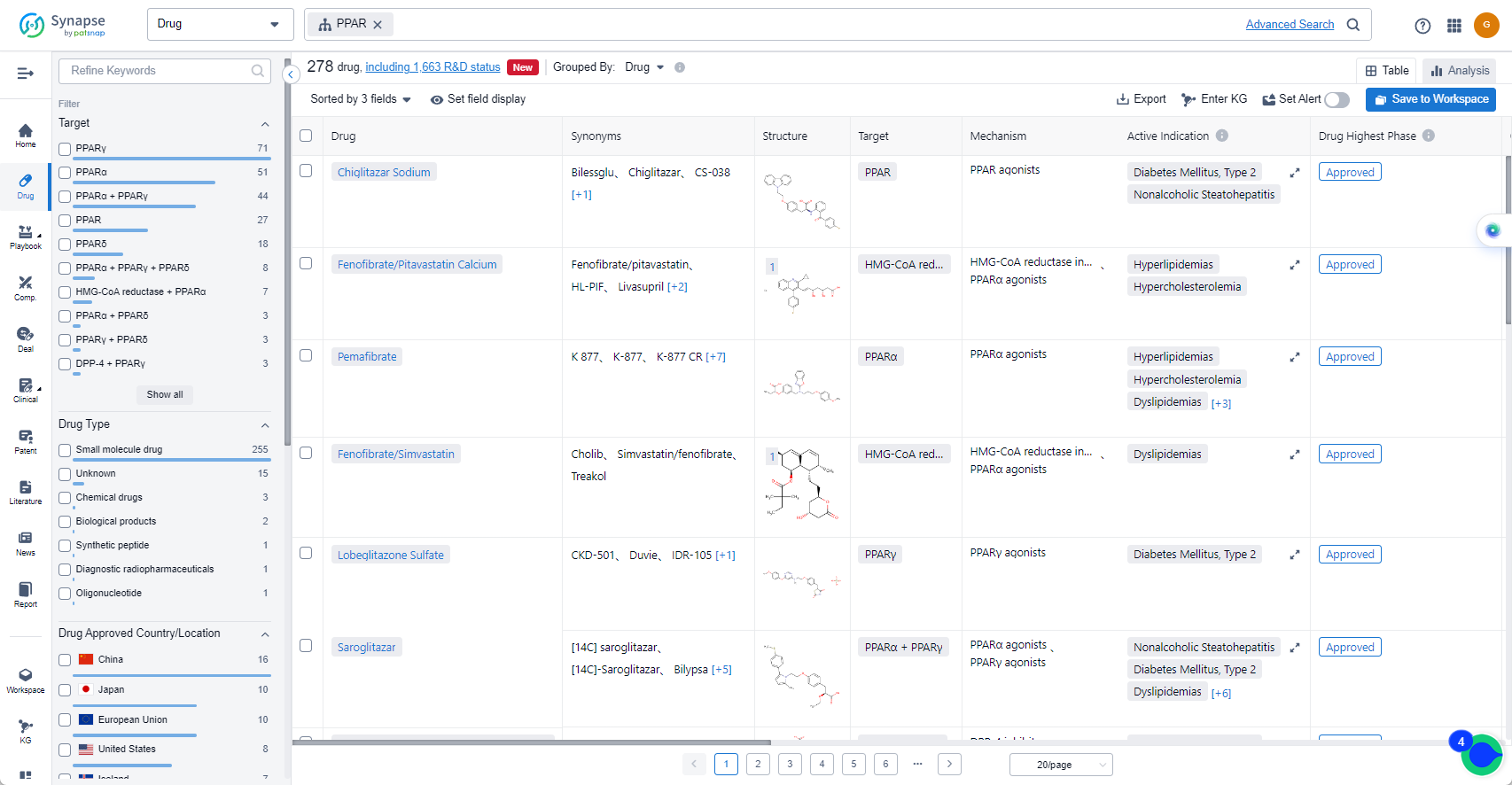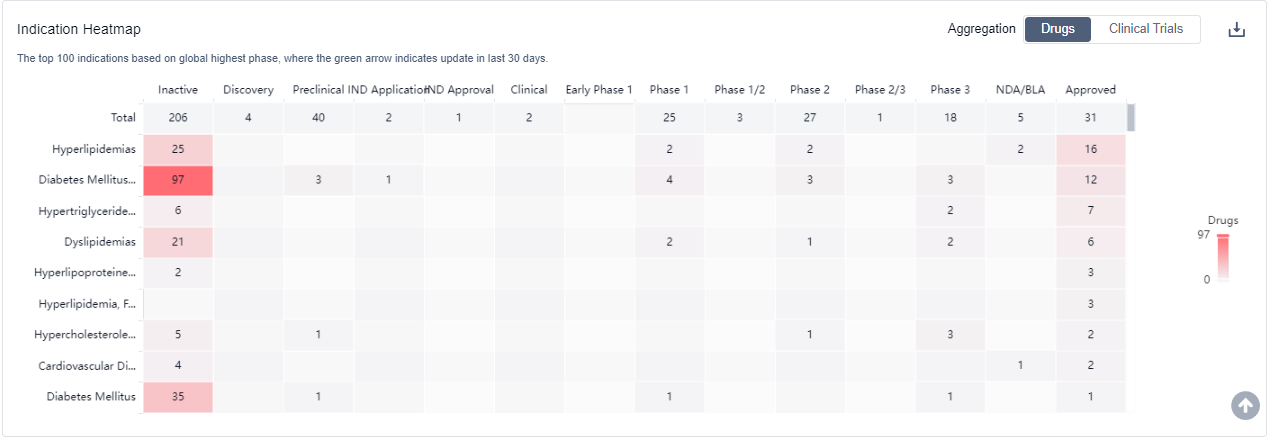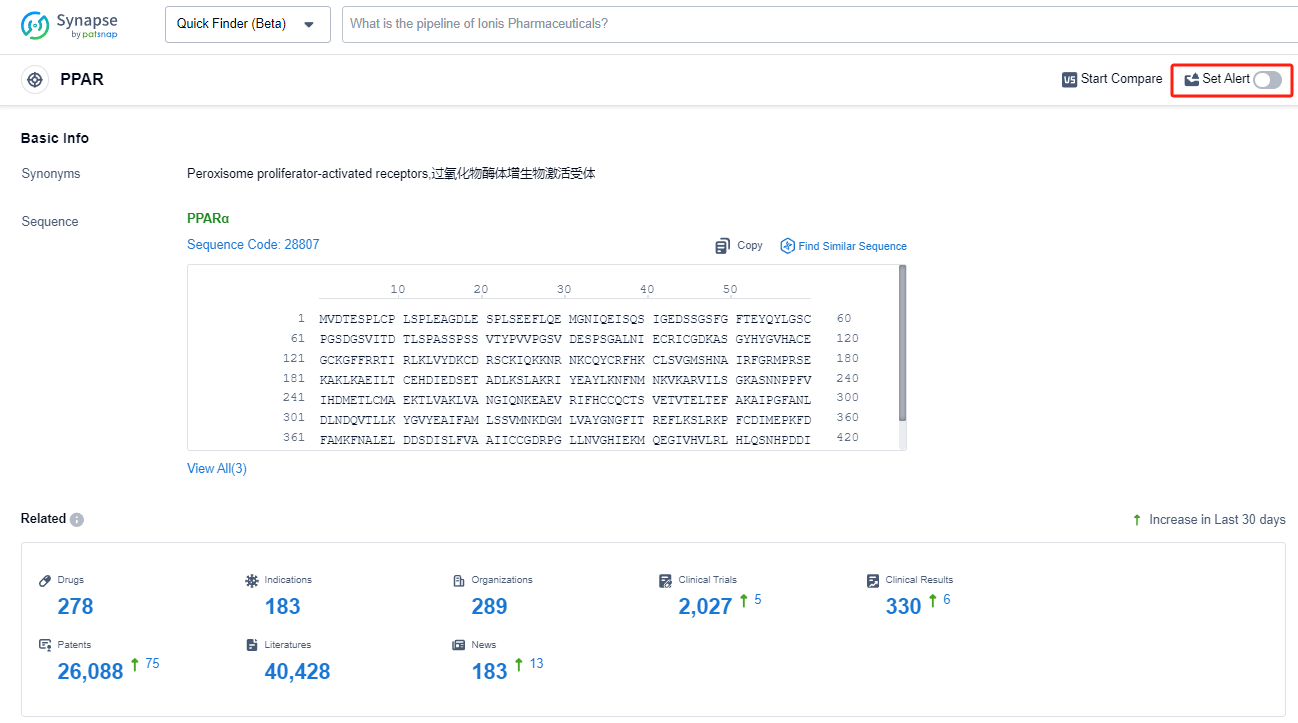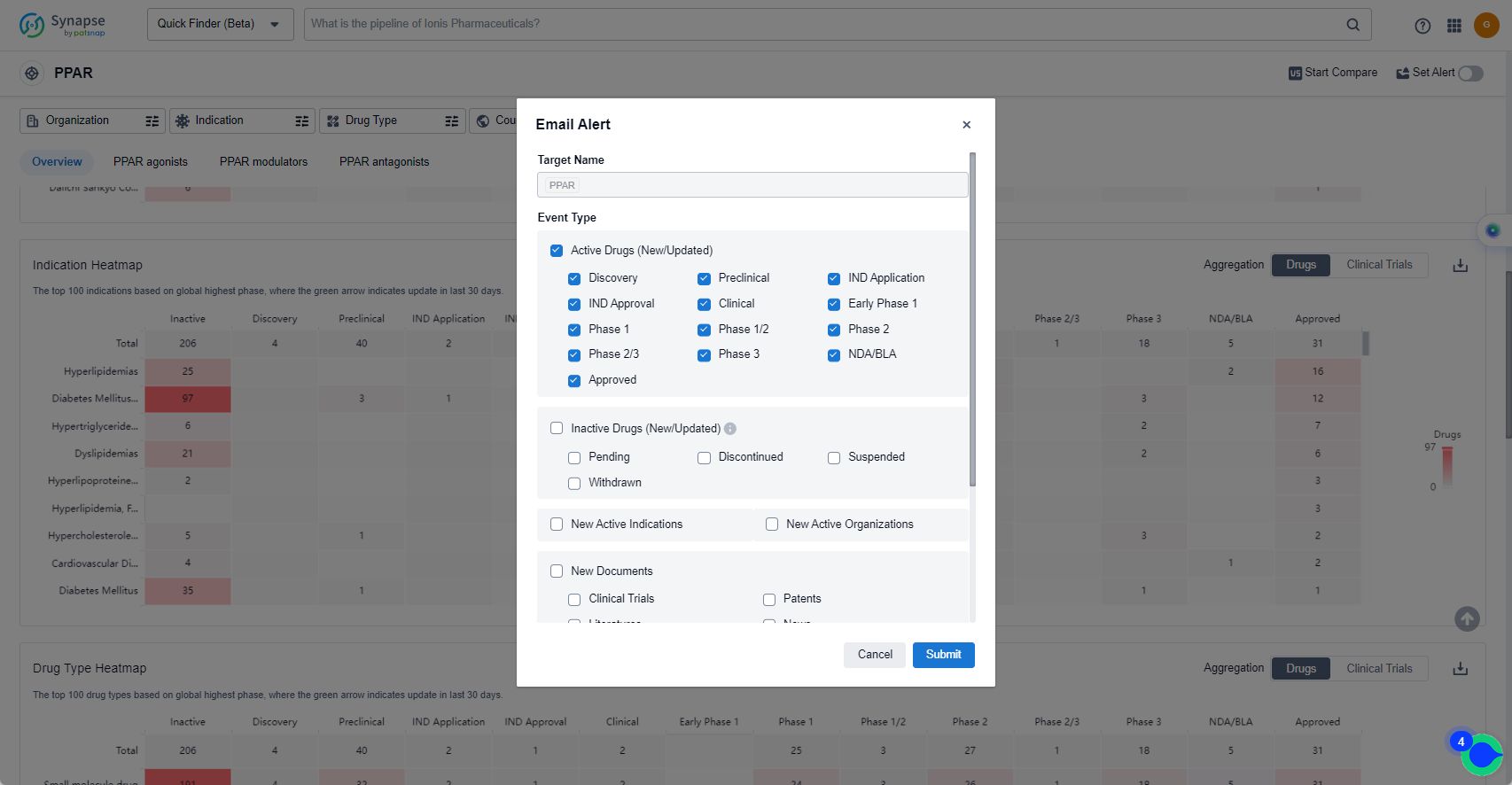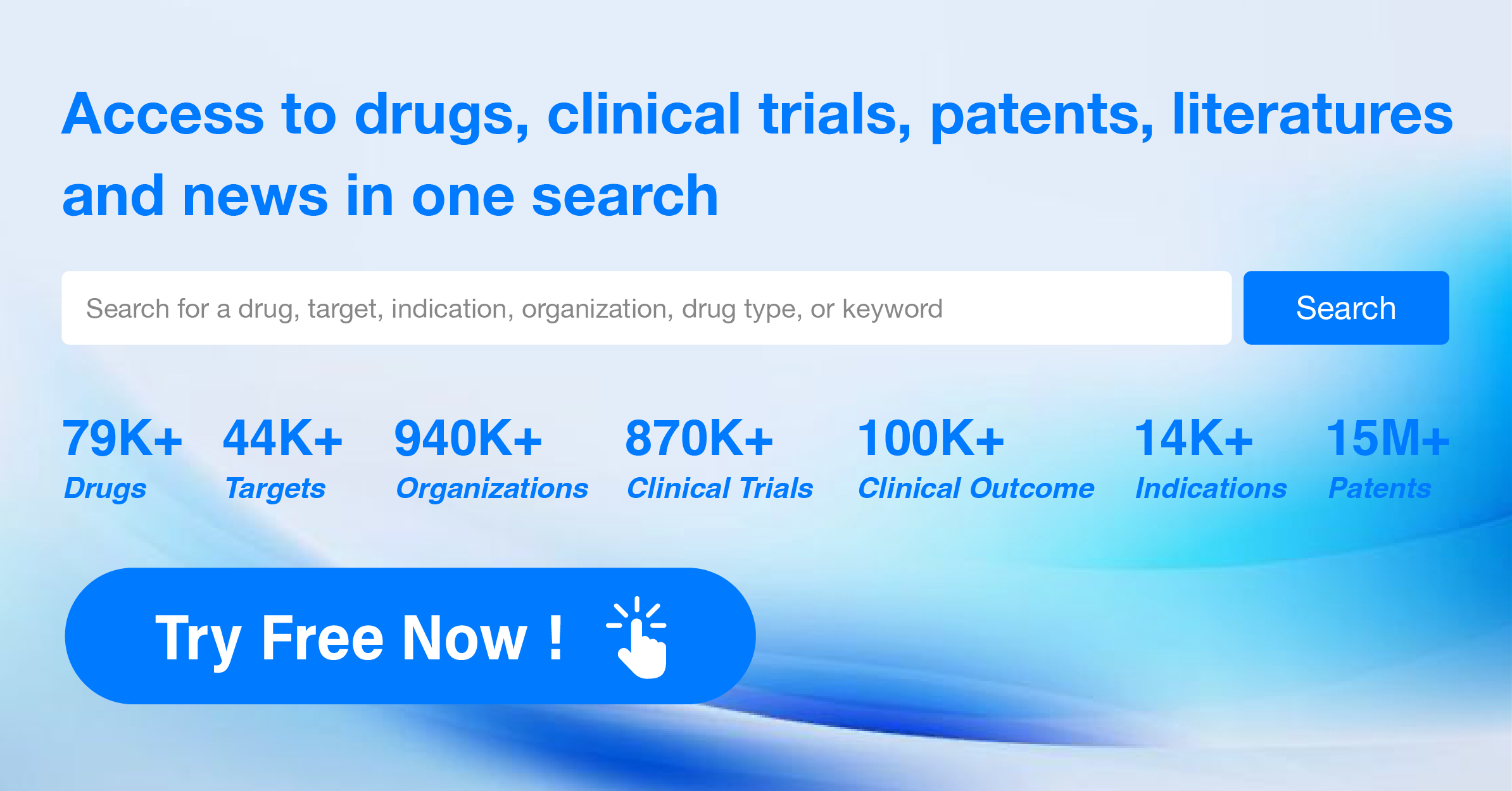Demystifying PPAR agonists: A Comprehensive Guide and How to Keep Up with the Latest Developments
PPAR, or peroxisome proliferator-activated receptor, is a group of nuclear receptor proteins found in the human body. These receptors play a crucial role in regulating various physiological processes, including metabolism, inflammation, and cell differentiation. PPARs act as transcription factors, meaning they can influence gene expression by binding to specific DNA sequences. They are involved in lipid and glucose metabolism, making them important targets for pharmaceutical interventions in conditions like diabetes, obesity, and cardiovascular diseases. PPARs also have anti-inflammatory properties and are implicated in regulating immune responses. Understanding the role of PPARs is essential for developing drugs that can modulate these receptors and potentially treat various diseases.
PPAR agonists play a crucial role in metabolic regulation and have significant medicinal properties. Many PPAR agonists have been synthesized for the treatment of metabolic diseases, particularly dyslipidemia and type 2 diabetes mellitus (T2DM). For instance, selective PPARα agonists like bezafibrate, in combination with statins, are used to treat atherosclerotic hyperlipidemia and hypertriglyceridemia. Thiazolidinediones (TZDs) are effective PPARγ activators used as insulin sensitizers to treat T2DM patients. Given the clear lipid-lowering activity of PPARα agonists and the insulin-sensitizing effect of PPARγ agonists, successful clinical studies of bezafibrate and TZDs have not only promoted the development of various PPARα/γ agonists but also triggered the formulation of novel PPAR modulators, including selective PPARβ/δ activators, dual PPAR agonists, and pan-PPAR agonists. Besides dyslipidemia and T2DM, PPAR has profound effects on other aspects of metabolic syndrome (MetS), such as diabetic complications, non-alcoholic fatty liver disease (NAFLD), and non-metabolic diseases including neurodegenerative diseases, cancer, and inflammatory diseases. Therefore, research on PPAR agonists in various diseases and complications has attracted widespread interest.
The analysis of the target PPAR reveals a competitive landscape with multiple companies actively developing drugs. Takeda Pharmaceutical Co., Ltd., Viatris Inc., GSK Plc, CHEPLAPHARM Arzneimittel GmbH, and Pfizer Inc. are among the companies with the highest phase of development. The approved indications for target PPAR drugs primarily focus on hyperlipidemias and diabetes mellitus type 2. Small molecule drugs dominate the drug types being developed, indicating intense competition. China, the European Union, Japan, and the United States are leading in the development of target PPAR drugs. Overall, the target PPAR market shows promising growth potential, with a focus on lipid-related disorders and diabetes.
How do they work?
PPAR agonists are a class of drugs that activate peroxisome proliferator-activated receptors (PPARs) in the body. PPARs are a group of nuclear receptors that play a crucial role in regulating gene expression and controlling various metabolic processes. There are three subtypes of PPARs: PPAR-alpha, PPAR-gamma, and PPAR-delta.
PPAR agonists bind to these receptors and modulate their activity, leading to specific physiological effects. PPAR-alpha agonists primarily target lipid metabolism and are used to treat dyslipidemia and reduce triglyceride levels. PPAR-gamma agonists mainly affect glucose metabolism and insulin sensitivity, making them useful in managing type 2 diabetes. PPAR-delta agonists are involved in regulating fatty acid oxidation and energy expenditure.
By activating PPARs, these agonists can influence gene expression related to lipid metabolism, glucose homeostasis, inflammation, and other processes. This class of drugs has shown potential in treating metabolic disorders, such as dyslipidemia, insulin resistance, and obesity. However, it is important to note that the specific effects and applications of PPAR agonists can vary depending on the subtype targeted and the specific drug used.
List of PPAR Agonists
The currently marketed PPAR agonists include:
- Chiglitazar Sodium
- Fenofibrate/Pitavastatin Calcium
- Pemafibrate
- Fenofibrate/Simvastatin
- Lobeglitazone Sulfate
- Saroglitazar
- Pravastatin sodium/Fenofibrate
- Fenofibric acid
- Choline Fenofibrate
- Ketoprofen/Omeprazole
For more information, please click on the image below.
What are PPAR agonists used for?
PPAR agonists are commonly used in managing type 2 diabetes. For more information, please click on the image below to log in and search.
How to obtain the latest development progress of PPAR agonists?
In the Synapse database, you can keep abreast of the latest research and development advances of PPAR agonists anywhere and anytime, daily or weekly, through the "Set Alert" function. Click on the image below to embark on a brand new journey of drug discovery!
